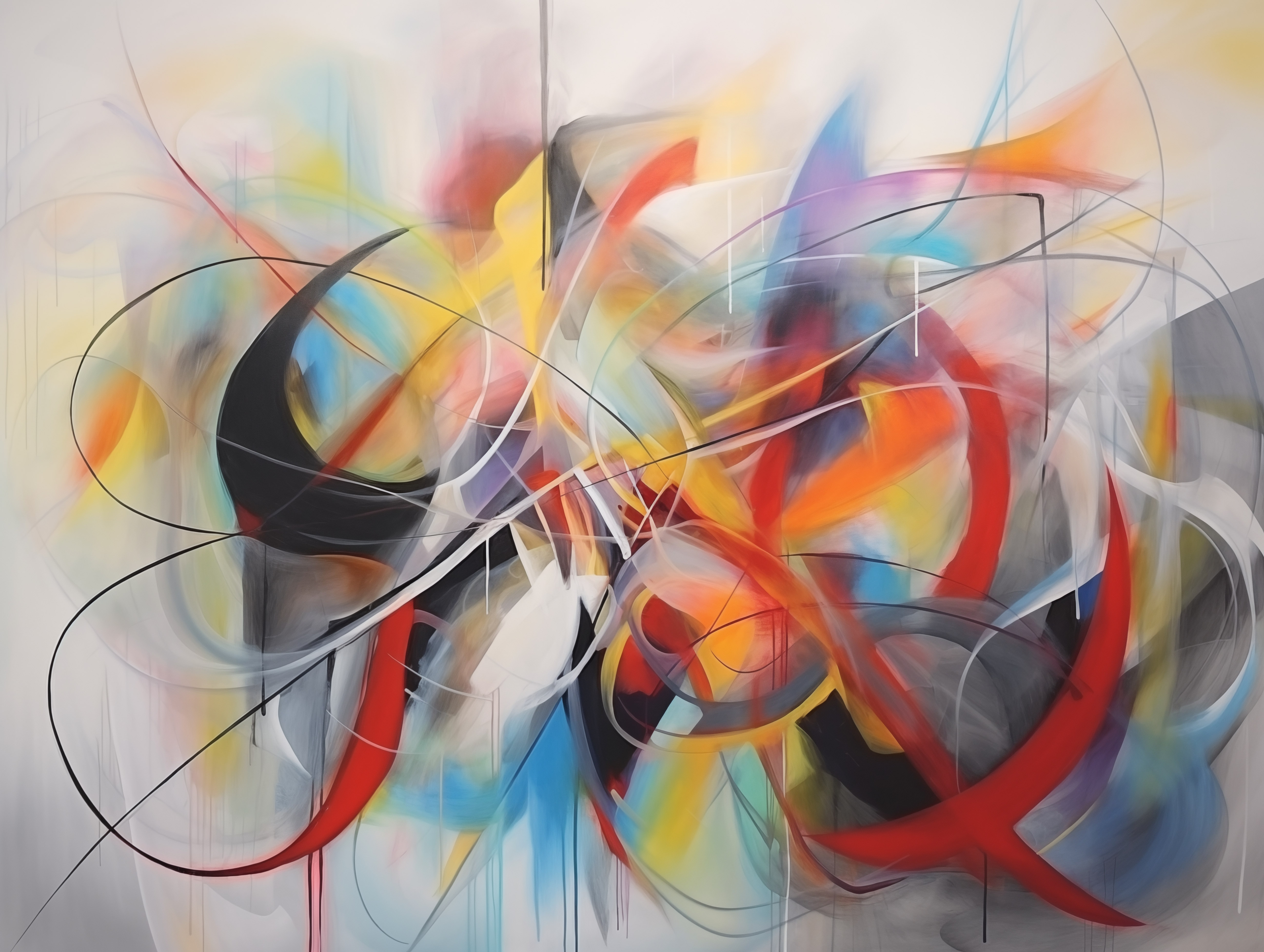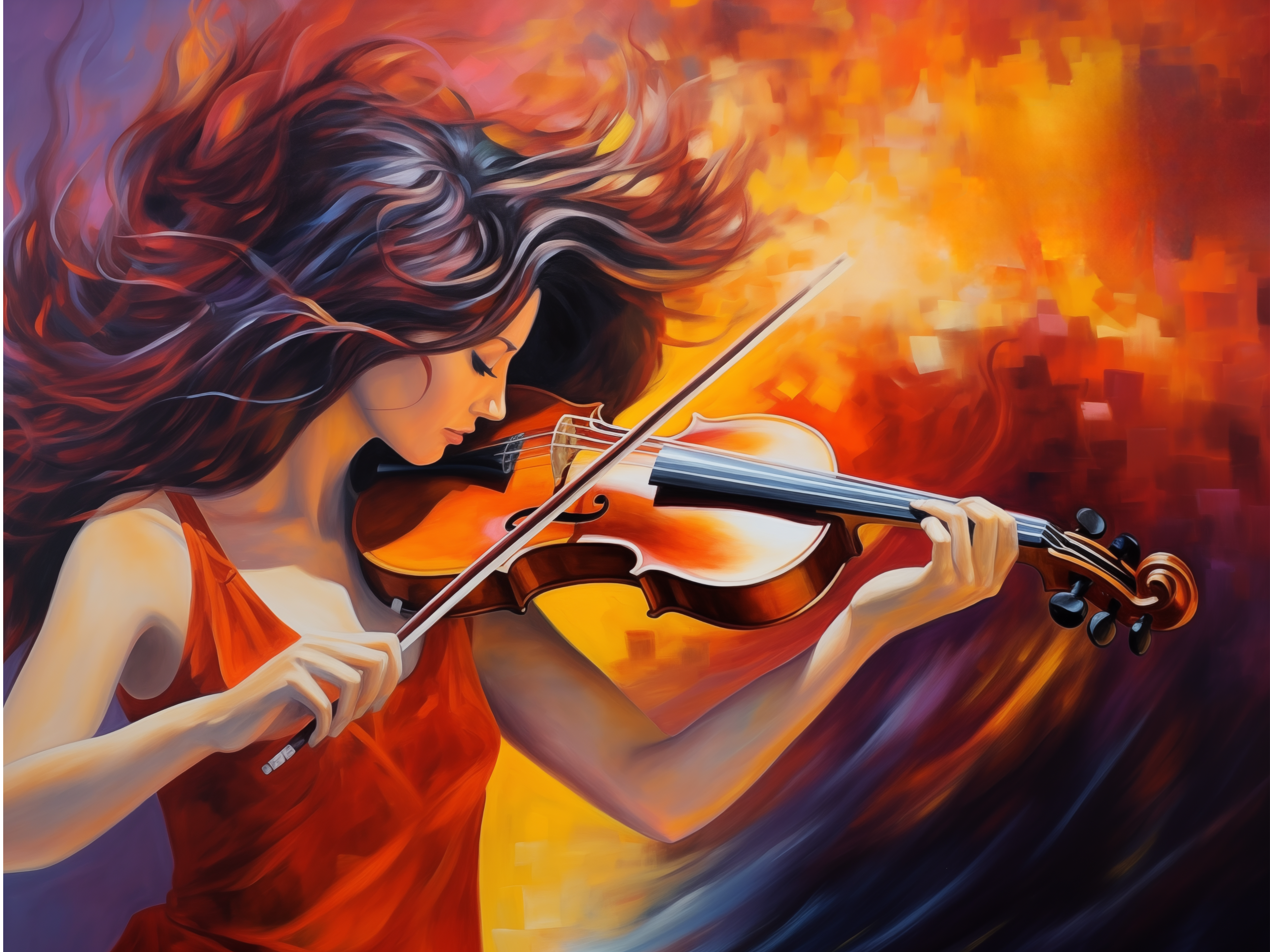
Art in Motion: The Dynamic World of Kinetic Sculptures
Art is often seen as something static, fixed in place, meant to be admired from a distance. But what happens

Abstract art is a universe of its own—a space where logic dissolves, and emotion takes center stage. It’s not about what you see, but how you feel. Whether it’s the rhythmic curves of a Kandinsky painting, the raw chaos of Pollock’s splatters, or the meditative simplicity of Rothko’s color fields,...

Grant Lee is a writer and art enthusiast with a deep appreciation for the intersection of engineering and sculpture. With a background in mechanical engineering, he brings a unique perspective to the art world, marveling at the precision, balance, and ingenuity behind every sculptural masterpiece. When he’s not exploring galleries or researching artistic techniques, Grant enjoys analyzing how materials and craftsmanship combine to create works that stand the test of time.
Abstract art is a universe of its own—a space where logic dissolves, and emotion takes center stage. It’s not about what you see, but how you feel. Whether it’s the rhythmic curves of a Kandinsky painting, the raw chaos of Pollock’s splatters, or the meditative simplicity of Rothko’s color fields, abstract art has a way of pulling you in, whispering truths that words can’t express. But what makes abstraction so timeless? Why does it resonate across generations and cultures, defying the boundaries of place and time? Let’s unravel its mystique.
The birth of abstract art in the early 20th century wasn’t just a stylistic shift—it was a revolution. Artists like Wassily Kandinsky and Piet Mondrian were tired of recreating reality. They wanted to transcend it, to explore the unseen—the spiritual, emotional, and infinite.
Kandinsky, often called the father of abstract art, believed that colors and shapes could evoke emotions just like music. He described his works as “visual symphonies,” where each brushstroke was a note. Mondrian, on the other hand, stripped everything down to grids and primary colors, searching for universal harmony in simplicity.
This rebellion against realism wasn’t just an artistic statement; it was a response to a rapidly changing world. Industrialization, war, and shifting cultural paradigms left people searching for new ways to understand existence. Abstract art became a mirror for that search, offering freedom from the confines of tradition.
What’s fascinating about abstract art is how it evolves and takes on new meanings depending on where you are. In every corner of the world, abstraction has been adapted to reflect local histories, beliefs, and struggles.
Japanese abstract art often intertwines with the principles of Zen. Artists like Tōkō Shinoda used sumi ink to create minimalist yet deeply expressive works, blending calligraphy with abstraction. The empty spaces in these paintings are as important as the ink, reflecting the Zen concept of ma—the beauty of emptiness and the tension between presence and absence.
In Latin America, abstract art took on a revolutionary edge. Artists like Joaquín Torres-García in Uruguay and Lygia Clark in Brazil used abstraction to challenge colonial narratives and explore ideas of identity and freedom. Their works weren’t just about aesthetics—they were bold statements against oppression, celebrating cultural resilience and independence.
Contemporary African abstract artists like El Anatsui incorporate traditional materials and techniques into their works. El Anatsui’s monumental sculptures, made from discarded bottle caps, weave together themes of colonial history, consumerism, and environmental concerns. Abstraction, in this context, becomes a way to honor heritage while addressing modern-day issues.
In post-war Europe, abstract art offered a way to process the trauma of conflict. The works of artists like Antoni Tàpies from Spain and Alberto Burri from Italy often featured raw, textured surfaces—burnt wood, torn fabric, and scorched earth. These weren’t just paintings; they were scars, bearing witness to destruction and resilience.
So, why does abstract art speak to so many people, no matter their background? The beauty of abstraction lies in its openness—it doesn’t dictate meaning; it invites interpretation. A single Rothko painting can make one person feel calm and another overwhelmed. The viewer becomes part of the artwork, completing it with their own emotions and experiences.
In a way, abstract art is the ultimate form of human connection. It strips away the noise and focuses on the essence of feeling. That’s why it continues to thrive, even in today’s digital, hyper-visual world.
Abstract art isn’t confined to museums or galleries—it’s all around us. Look at the patterns in a cracked sidewalk, the interplay of shadows on a wall, or the way colors blur during a sunset. Abstraction teaches us to see beauty in the everyday, to embrace ambiguity and imperfection.
You don’t have to be an art collector to appreciate it. Maybe you’ve got a bold, geometric rug in your living room or a print of Jackson Pollock’s famous No. 5 hanging in your workspace. Each piece invites you to pause, reflect, and feel.
In a world that often feels rigid and polarized, abstract art is a reminder of the fluidity of life. It shows us that it’s okay not to have all the answers, to sit with uncertainty, and to find beauty in chaos. Whether it’s the meditative calm of a minimalist canvas or the wild energy of an action painting, abstraction reminds us of the one thing we all share: the raw, unfiltered experience of being human.
So next time you stand before an abstract work, let go of the need to “get it.” Instead, let it get you.

Art is often seen as something static, fixed in place, meant to be admired from a distance. But what happens

Hi there! I’m Sylvia Lyn, and I have a serious love for all things creative. After spending countless hours analyzing